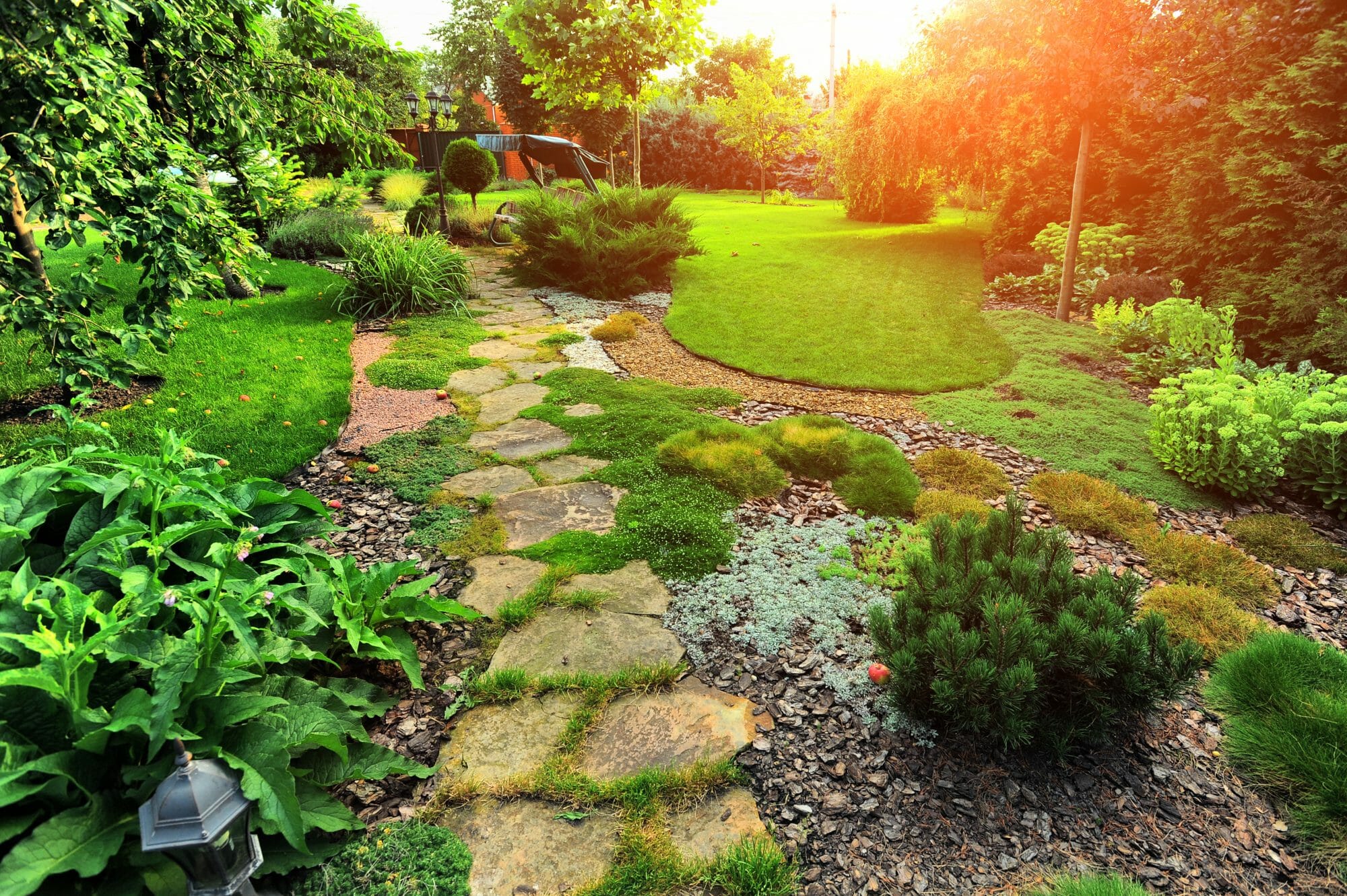The Best Strategy To Use For Hilton Head Landscapes
The Best Strategy To Use For Hilton Head Landscapes
Blog Article
All About Hilton Head Landscapes
Table of ContentsUnknown Facts About Hilton Head LandscapesSome Known Details About Hilton Head Landscapes Hilton Head Landscapes Can Be Fun For AnyoneGet This Report about Hilton Head LandscapesHilton Head Landscapes - The FactsA Biased View of Hilton Head LandscapesThe Best Guide To Hilton Head Landscapes
Line produces all kinds and patterns and can be made use of in a range of methods in the landscape. Line in the landscape is developed by the side between 2 materials, the outline or silhouette of a kind, or a long straight function. Lines are an effective tool for the designer since they can be made use of to create an infinite range of shapes and forms, and they control motion of the eye and the body.

Lines can have several characteristics, such as those explained listed below, however they usually serve various functions. Figure 1. Lines in the landscape - bluffton landscaping. The homes of lines determine exactly how individuals reply to the landscape, both mentally and literally. Straight lines are architectural and forceful; they produce an official personality, are usually related to an in proportion design, and lead the eye straight to a prime focus.
Hilton Head Landscapes - Truths
Curved lines produce an informal, all-natural, unwinded personality that is connected much more with nature and asymmetrical equilibrium. Bent lines move the eye at a slower pace and include secret to the space by developing concealed views.
Upright lines in the landscape consist of tall, slim plant material, such as trees, or high structures, such as an arbor or a bird residence on a post. Straight lines move the eye along the ground plane and can make a space really feel larger. Reduced lines are much more restrained and develop a feeling of rest or repose.
Hilton Head Landscapes Fundamentals Explained
Reduced lines are produced by low garden wall surfaces, walkways, and short hedges. Lines are used to draw forms on a strategy. In plan sight, they define plant beds and hardscape areas. Lines are additionally developed by the upright forms of built functions and plant material. There are 3 primary line types that create form in the landscape: bedlines, hardscape lines, and plant lines.
Bedlines link plant material to your house and hardscape since the eye follows the line, moving the look with the landscape. Hardscape lines are developed by the edge of the hardscape, which delineates the constructed structure. Line can additionally be developed by long and narrow materials, such as a fence or wall surface.
The Definitive Guide to Hilton Head Landscapes
Form is discovered in both hardscape and plants, and it is normally the dominant visual component that spatially organizes the landscape and usually figures out the style of the garden. The type of structures, plant beds, and garden ornaments likewise determines the total kind motif of the yard. Formal, geometric forms consist of circles, squares, and polygons.
Plants develop form in the garden with their details or silhouettes, however form can likewise be defined by a void or adverse room in between plants - landscaping hilton head sc (https://h1tnhdlndscps.wordpress.com/2024/07/03/transform-your-outdoor-space-with-hilton-head-landscapers/). Circles can recommended you read be complete circles, or they can be split into half circles or circle segments and incorporated with lines to develop arcs and tangents
Not known Facts About Hilton Head Landscapes
Circles are a strong style form since the eye is constantly attracted to the facility, which can be utilized to emphasize a focal factor or link various other forms. Circular forms in hardscape and grass panels.
The square form can also be segmented and previously owned consistently to develop a grid pattern. Unlike circles, squares are more powerful on the sides, which can be lined up or overlapped to develop one-of-a-kind patterns and more complex types. Polygons are many-sided forms with straight edges. Triangulars, for instance, are three-sided polygons.
Twisting lines commonly mimic the natural course of rivers or streams and can be called smooth lines with deeply bent undulations. Twisting lines (Number 3) function well for paths, plant bedlines, and completely dry stream beds. Meandering lines can add rate of interest and secret to a garden by leading audiences around corners to find new views and spaces.
Hilton Head Landscapes - Truths
.jpeg)
Figure 5. Fragmented sides: stepping stones in pathway. Kind is the most enduring quality of a plant (landscaping hilton head sc). https://h1tnhdlndscps.weebly.com. Typical plant forms are well established and standardized, as type is one of the most regular and recognizable characteristic of plants. Kind can additionally be developed through the massing of plants, where the total mass produces a different type than an individual plant.
A very contrasting form has to be utilized with careone or 2 job well as a prime focus, however too several wreak havoc. All-natural plant forms, instead of over-trimmed types, should develop the bulk of the make-up. The relevance of general form is extra or less based on the watching perspectivethe type of a tree can show up quite various to a person standing under the canopy versus checking out the tree from a distance in an open field.
More About Hilton Head Landscapes
Plant types also develop and define the space or open areas in between the plants, creating either convex or concave types in the voids. High-arching tree branches usually produce a concave open area under the branches, and a rounded cover with reduced branches fills up the area to develop a convex kind outdoors area under the tree.

Report this page